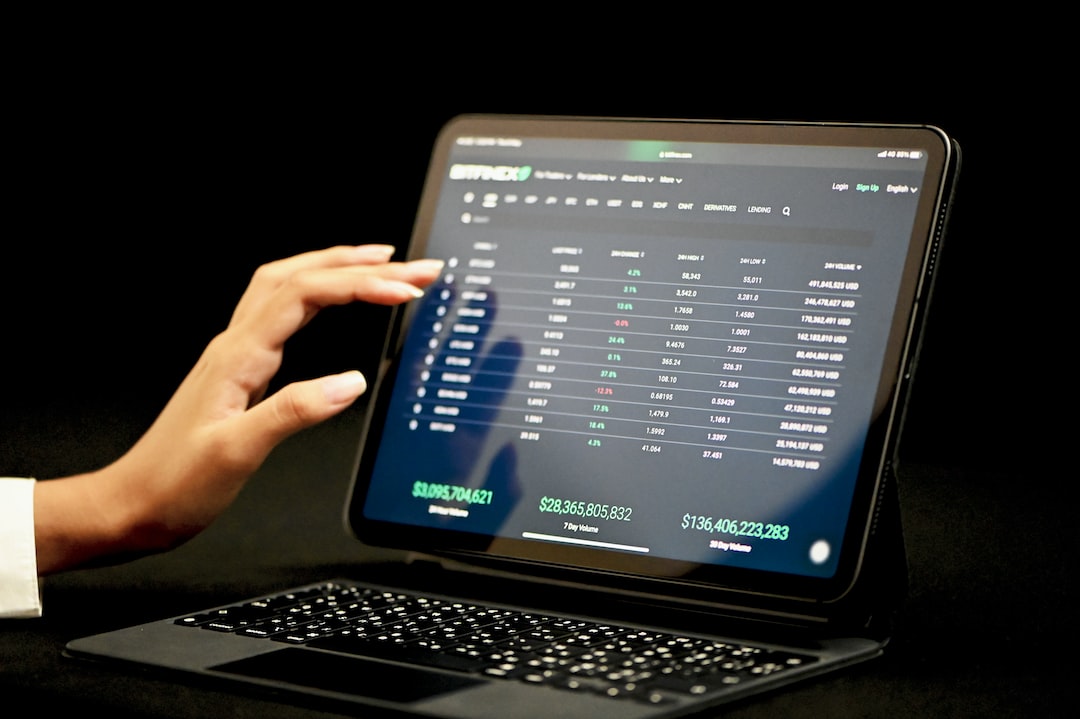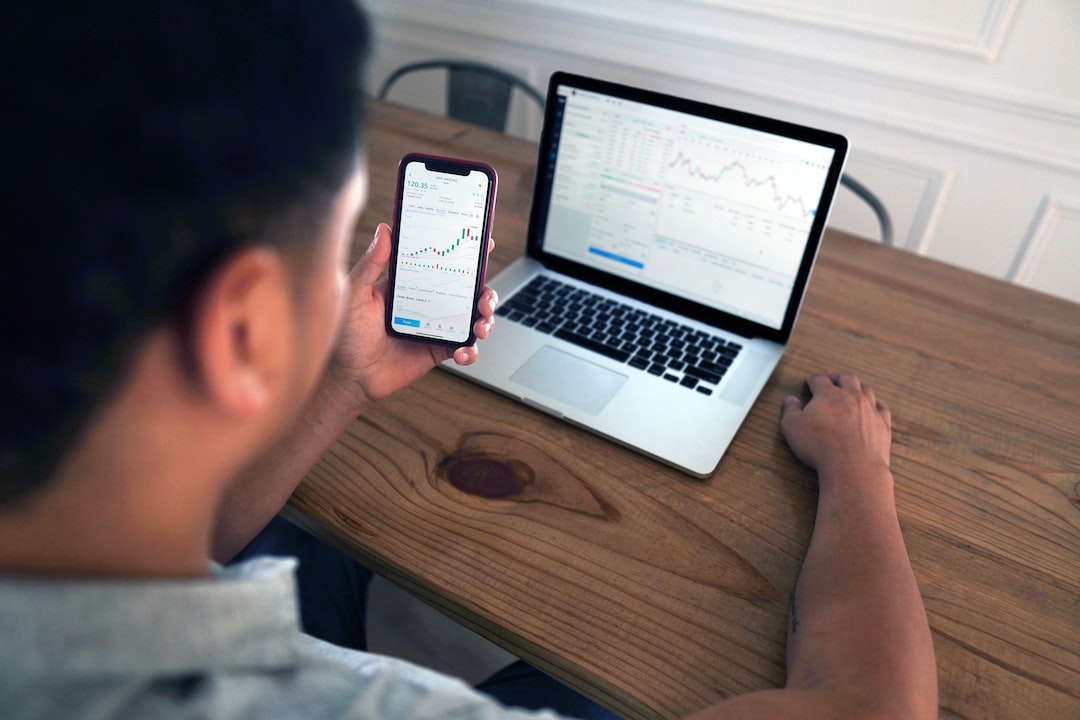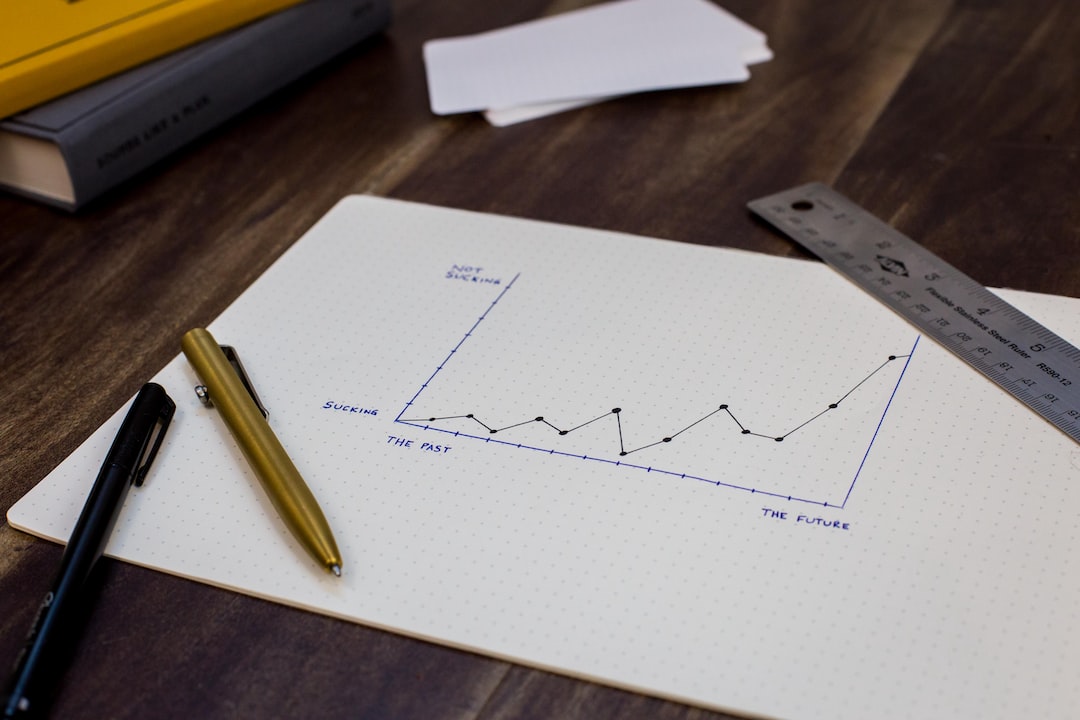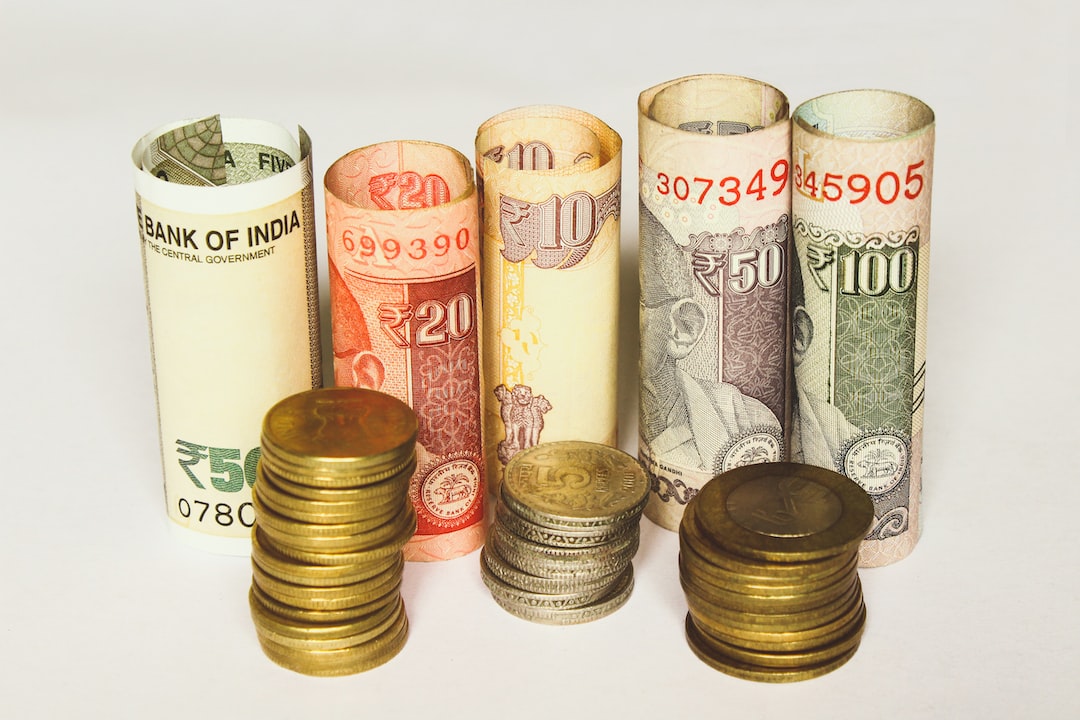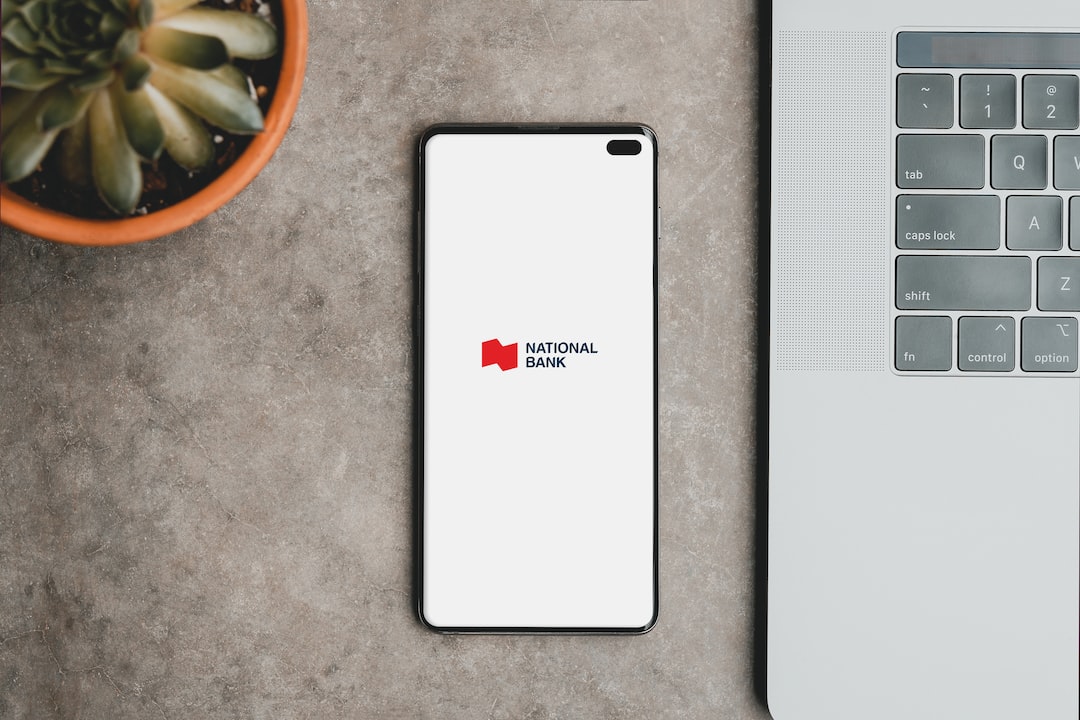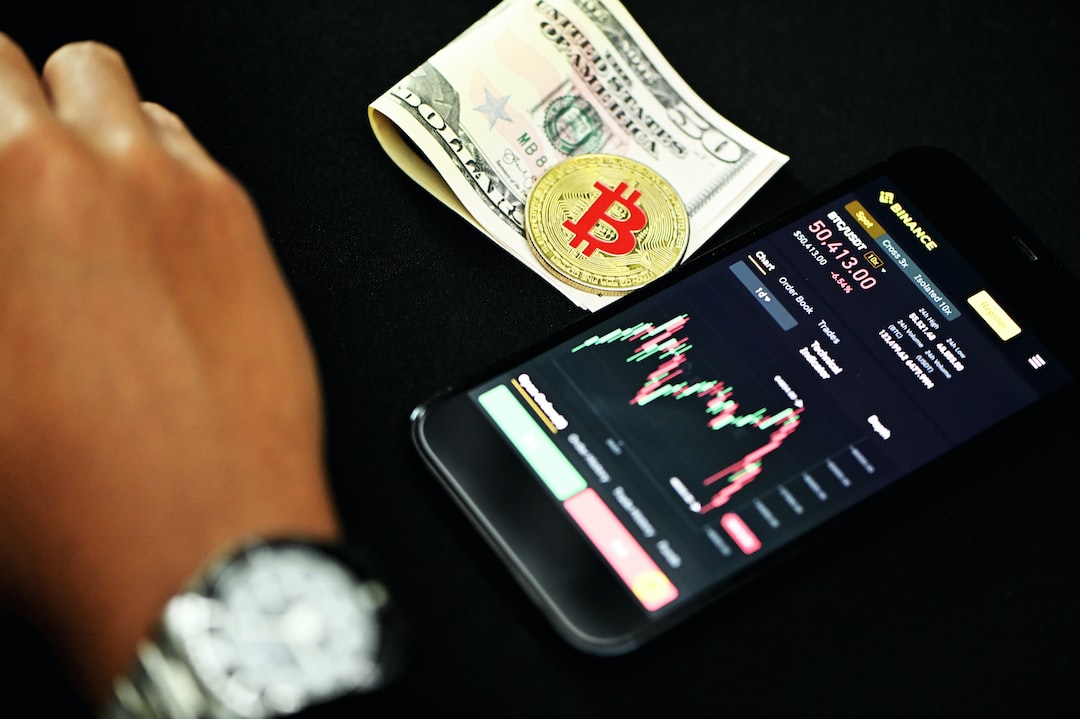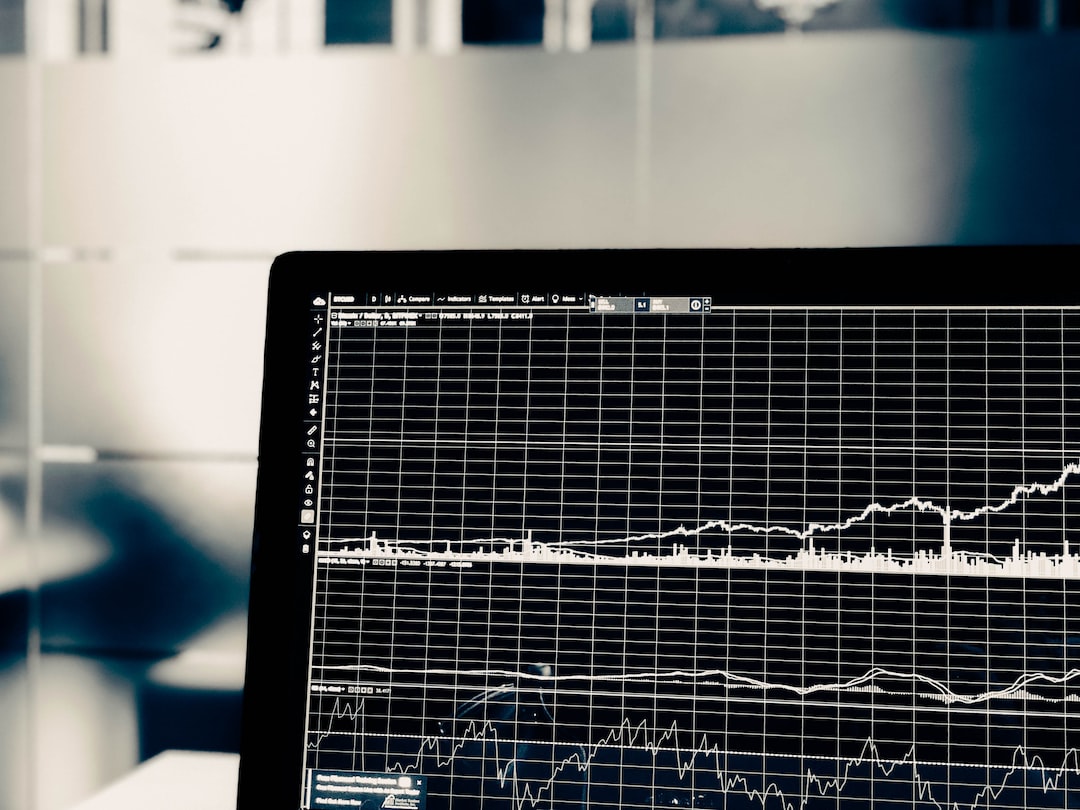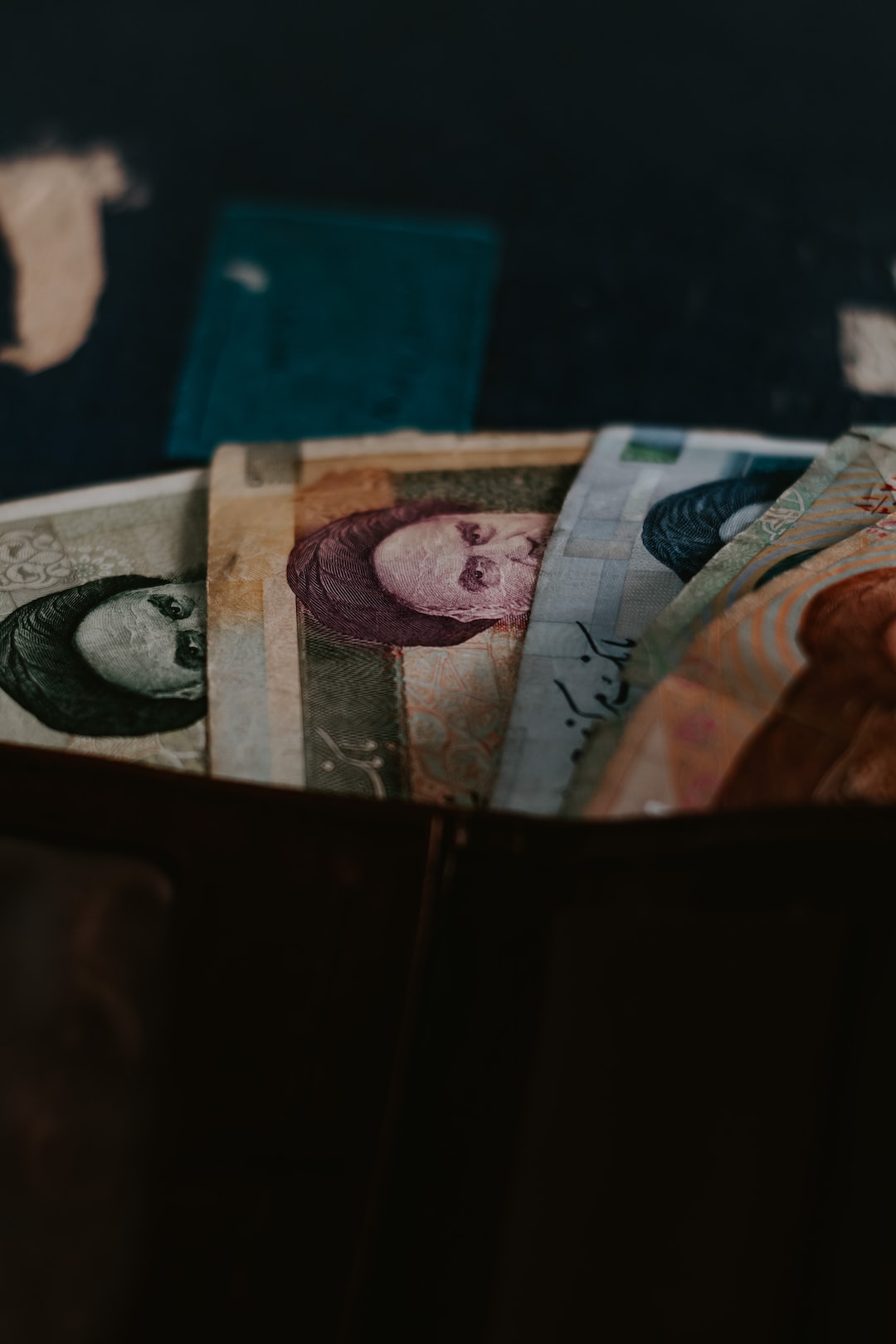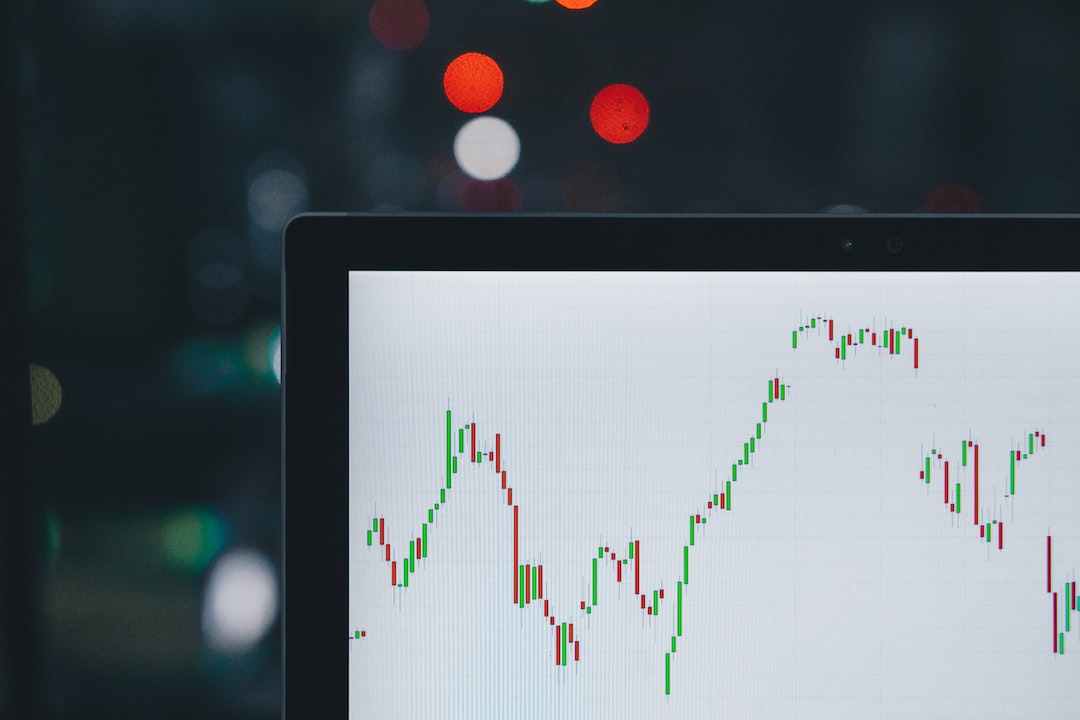The Forex ABCD pattern is a popular chart pattern used by traders to identify potential entry and exit points in the market. It is a simple yet effective pattern that can be found in any time frame and on any currency pair. However, like any trading strategy, there are common mistakes that traders often make when trading the Forex ABCD pattern. In this article, we will discuss these mistakes and provide tips on how to avoid them.
Mistake #1: Failing to properly identify the pattern
The first and most common mistake traders make when trading the Forex ABCD pattern is failing to properly identify the pattern. The ABCD pattern consists of four points – A, B, C, and D – and each point has specific criteria that must be met. Traders often rush into trades without properly identifying these points, leading to false signals and unsuccessful trades.
To avoid this mistake, it is important to take the time to properly identify each point of the pattern. Point A is the starting point of the pattern and represents the beginning of a trend. Point B is a retracement of the initial move and should not exceed 61.8% of the distance between points A and C. Point C is the end of the retracement and the beginning of the next move. Finally, point D is the completion of the pattern and is typically a Fibonacci extension of the BC move.
Mistake #2: Ignoring the overall market trend
Another common mistake traders make when trading the Forex ABCD pattern is ignoring the overall market trend. The ABCD pattern is a trend continuation pattern, meaning it is most effective when traded in the direction of the prevailing trend. Ignoring the trend and trading the pattern in the opposite direction can lead to losing trades.
To avoid this mistake, it is important to always consider the overall market trend when trading the ABCD pattern. If the trend is up, look for ABCD patterns that signal a continuation of the uptrend. If the trend is down, look for ABCD patterns that signal a continuation of the downtrend. By trading in the direction of the trend, you increase your chances of success.
Mistake #3: Failing to use proper risk management techniques
Risk management is a crucial aspect of successful trading, yet many traders fail to use proper risk management techniques when trading the Forex ABCD pattern. This can lead to large losses and wipe out a trader’s account.
To avoid this mistake, it is important to always use proper risk management techniques when trading the ABCD pattern. This includes setting stop-loss orders to limit potential losses and using proper position sizing to ensure that no single trade can significantly impact your overall account balance.
Mistake #4: Overtrading the pattern
Overtrading is a common mistake that many traders make, regardless of the trading strategy they are using. When it comes to the Forex ABCD pattern, traders often fall into the trap of trading every single pattern they see, regardless of the quality of the setup. This can lead to taking low probability trades and ultimately result in losses.
To avoid overtrading the ABCD pattern, it is important to be selective in the trades you take. Only trade patterns that meet all the criteria and have a high probability of success. This requires patience and discipline, but it is essential for long-term profitability.
In conclusion, the Forex ABCD pattern is a powerful trading strategy that can provide profitable trading opportunities. However, traders must be aware of the common mistakes that can hinder their success. By properly identifying the pattern, considering the overall market trend, using proper risk management techniques, and avoiding overtrading, traders can increase their chances of success when trading the Forex ABCD pattern.





